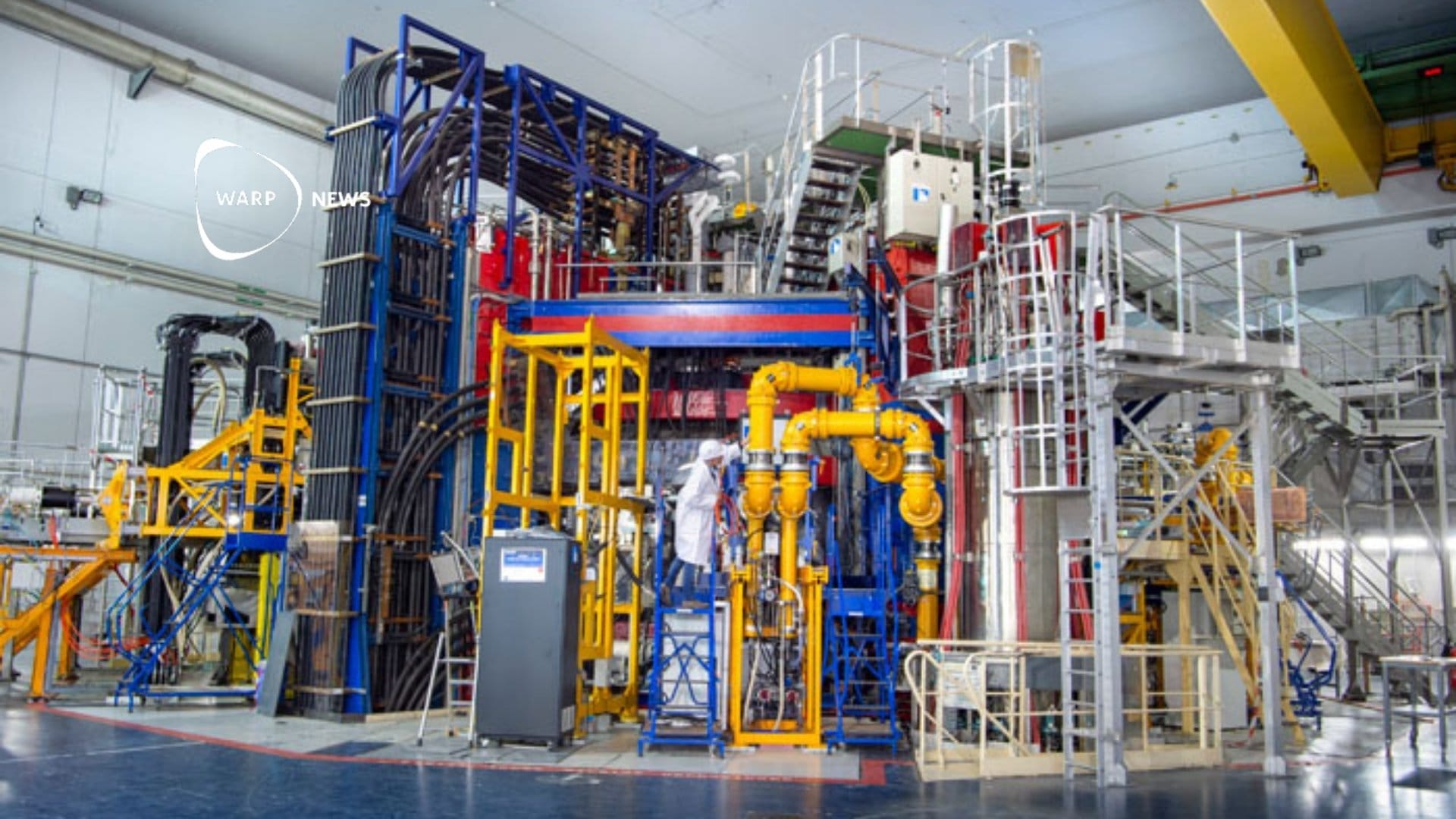
☀ Sharper simulations mean more efficient solar panels
New software means that researchers need to spend less time doing simulations, resulting in more efficient solar panels.
Share this story!
To get as efficient solar panels as possible, researchers run elaborate simulations to test different materials, structures, layer thickness, and more to see which combination gives the best results. The simulations are complex, require a lot of computer power, and take a long time to run. But now, researchers at MIT and Google Brain have developed a solution that streamlines simulations, reports MIT News.
One of the problems with current simulators is that they only show an estimate of power output and how much sunlight is converted into electricity. The simulators take the variables for, for example, material and thickness, and then they show how much power it can produce. If the researchers want to change a parameter, the simulation has to be redone in its entirety which, of course, takes time.
On the other hand, the new software predicts both the effect and simultaneously shows how the output is affected if any parameter is changed. It reduces the number of times researchers need to run these heavy and time-consuming simulations.
"The simulation shows you immediately what happens to output if, for example, we make this layer a little thicker or if we use a different material," says Giuseppe Romano, a researcher at MIT and one of the researchers behind the new software, in a comment to MIT News.
Say a company wants to make a high-performance solar panel, but they do not know how the light-absorbing layer's material affects the board's overall performance. There is usually an optimal thickness for the layer that yields the best output. The new simulation software makes it possible to directly see how different thicknesses and materials affect the panel's performance.
The software is open-source, so anyone can download it and connect it to their optimization algorithms and AI systems.
"Our tool can help others discover unique combinations of material parameters that have not been discovered so far because it has been so complex to run the necessary simulations," says Giuseppe Romano.

By becoming a premium supporter, you help in the creation and sharing of fact-based optimistic news all over the world.



